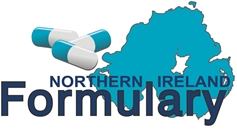Prescribing notes
- Prescribe as per NICE NG219 Gout: diagnosis and management recommendations. See NICE visual summaries, NICE CKS: Gout and BMJ Gout: diagnosis and management – summary of NICE guidance
- Acute episodes should be treated as soon as possible. Patients can be given a supply of acute treatment and advised to start it if they feel an attack coming on.
- Assess lifestyle and comorbidities (including cardiovascular risk factors and chronic kidney disease (CKD).
- Aspirin is not indicated for acute attacks of gout.
Cautions
- Colchicine has a narrow therapeutic window and is extremely toxic in overdose. Patients at particular risk of toxicity are those with renal or hepatic impairment, gastrointestinal or cardiac disease, and patients at extremes of age – see MHRA.
- Refer to 10.1.1 for NSAID prescribing notes.
